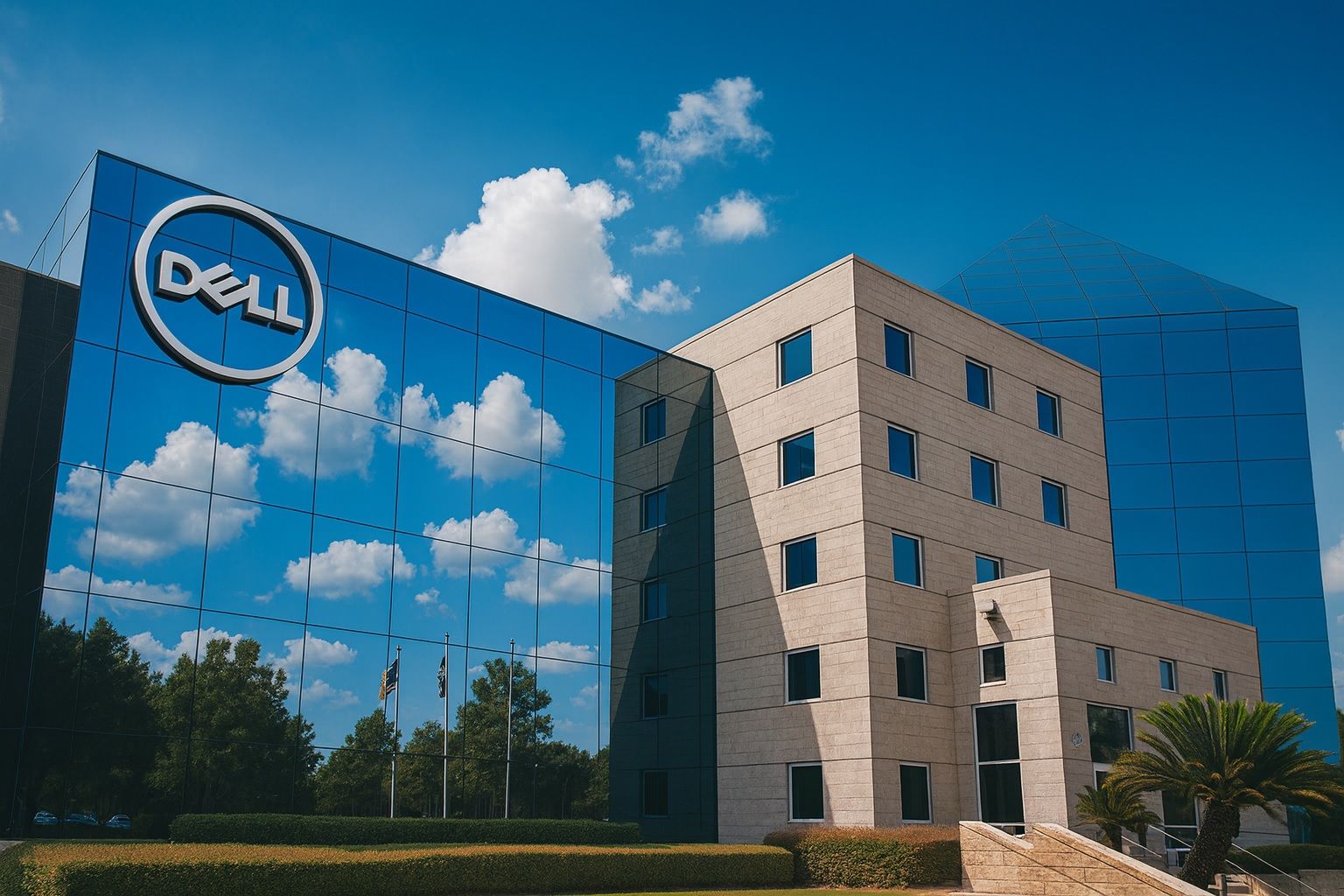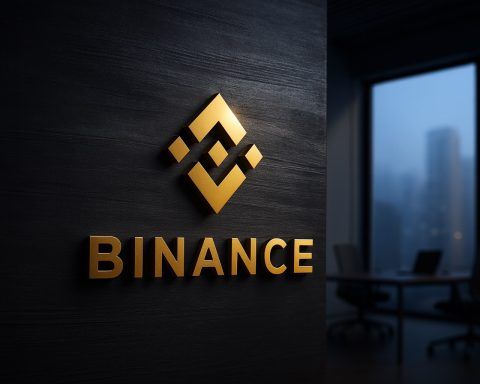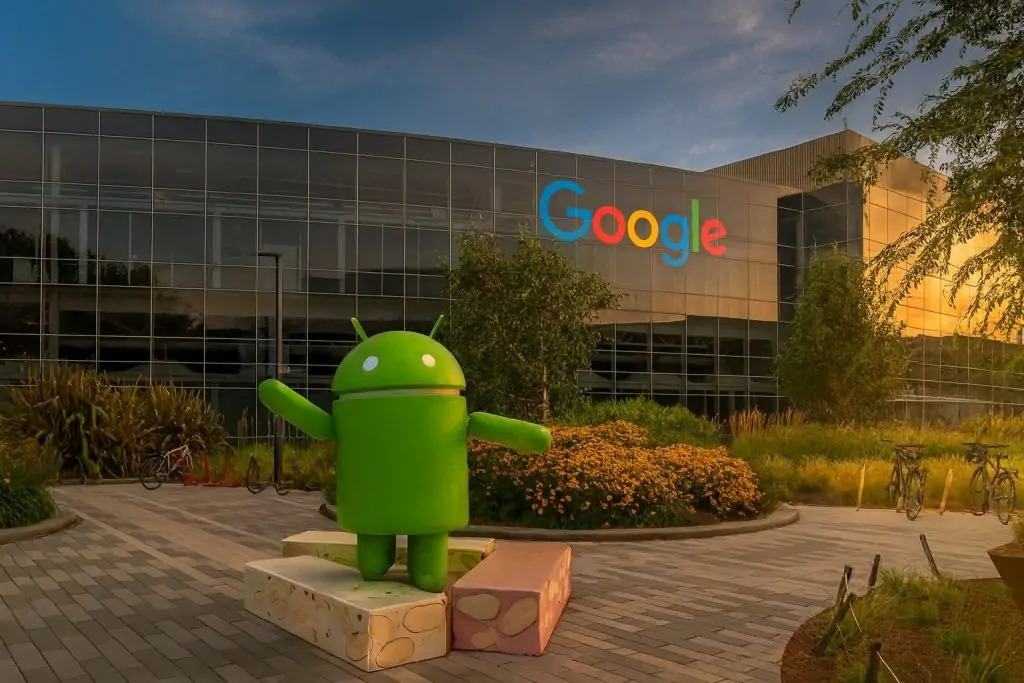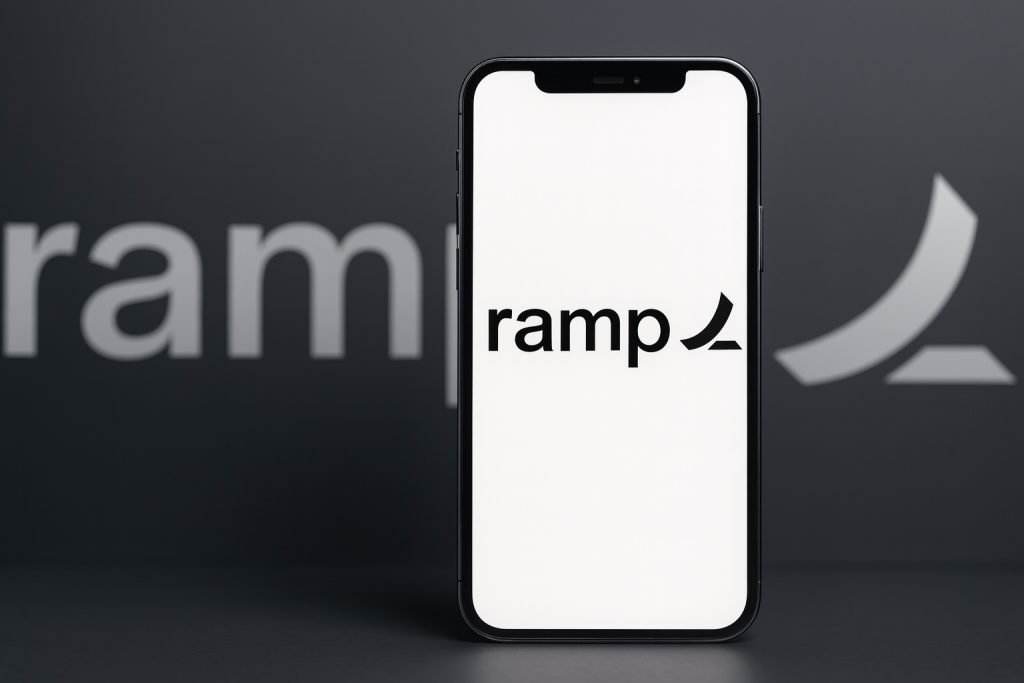Published: November 17, 2025
Dell Technologies is at the center of two very different storylines today:
on the ground in St. Louis, the company is unveiling one of its biggest-ever upgrades to its AI infrastructure portfolio at the SC25 supercomputing conference — while on Wall Street, its stock is sliding after a high‑profile downgrade, even as JPMorgan raises its price target.
Here’s a full rundown of everything that happened around Dell Technologies on November 17, 2025, and what it means for enterprises and investors.
Massive AI Factory Upgrade Unveiled at SC25
At SC25 in St. Louis, Dell Technologies announced more than 20 advancements to the Dell AI Factory, its integrated stack of servers, storage, networking, software and services for enterprise AI. [1]
Two centerpiece press releases — “Dell Technologies Accelerates Enterprise AI with Powerful, Automated Solutions” and “Dell Technologies Advances Enterprise AI Innovation With NVIDIA” — frame the day’s news as a push to make AI deployment faster, more automated and easier to scale on‑premises. [2]
Automation: From 30+ manual steps to “blueprints and 10 clicks”
Dell is leaning heavily into automation as the answer to AI complexity:
- The Dell Automation Platform is being expanded across the AI Factory to automate deployment of full‑stack AI solutions, including infrastructure, software and partner offerings. Dell says new “workload blueprints” can cut 30+ manual steps down to a guided, largely automated flow, letting customers stand up Nvidia AI Factory environments in as few as “10 clicks,” according to Constellation Research’s coverage. [3]
- Those blueprints now include integrations with Cohere (for agentic AI workflows) and Tabnine (for AI code assistants), giving enterprises predefined patterns for common generative‑AI use cases such as AI research assistants and developer productivity tools. [4]
- Dell Professional Services is offering turnkey AI pilots that use a customer’s own data, with defined KPIs, so organizations can test value before they commit to large‑scale rollouts. [5]
The message is clear: Dell wants to be seen not just as a hardware vendor, but as the orchestrator that takes organizations from AI “science projects” into production with repeatable recipes.
Servers: High‑density racks built for Blackwell and beyond
On the compute side, Dell is rolling out new PowerEdge systems aimed squarely at large language models and high‑performance computing:
- PowerEdge XE8712 — highlighted in Dell’s blog and press coverage — is a rack‑scale system that can support up to 144 NVIDIA Blackwell GPUs per IR7000 rack, positioning Dell near the top of the density race for AI infrastructure. [6]
- New PowerEdge XE7740/XE7745 configurations with NVIDIA RTX PRO 6000 Blackwell Server Edition and NVIDIA Hopper GPUs are tuned for “agentic AI” and other advanced workloads where low latency and high throughput are critical. [7]
- Beyond Nvidia, Dell is also adding AMD Instinct MI355X–based PowerEdge XE9785/XE9785L servers and an Intel Xeon 6–based R770AP to serve both AI and classic HPC workloads, with air‑ and liquid‑cooled options. [8]
These systems are meant to plug directly into Dell’s pre‑integrated Integrated Rack Scalable Systems (IRSS), which bundle compute, networking, power and liquid cooling — notably the new PowerCool RCDU unit that supports racks up to 150 kW, a level of density that AI clusters increasingly require. [9]
Data & Networking: Fixing AI Bottlenecks With PowerScale, ObjectScale and SONiC
Dell is also targeting one of the biggest pain points for enterprise AI: data movement and memory bottlenecks.
Offloading KV cache for 1‑second time‑to‑first‑token
A key announcement in the Dell AI Factory with NVIDIA update is the integration of Dell PowerScale and ObjectScale with the NVIDIA Inference Transfer Library (NIXL) from NVIDIA Dynamo. [10]
According to Dell’s technical summary:
- Offloading KV cache to ObjectScale and PowerScale allows LLMs to keep massive context windows in storage rather than GPU memory.
- In internal tests using LLaMA 3.3‑70B and NVIDIA H100 GPUs, Dell reports 1‑second time‑to‑first‑token at a 131K‑token context, a 19× speed‑up over a baseline vLLM setup, while also reducing infrastructure cost. [11]
If replicated in customer environments, that kind of performance could be significant for real‑time assistants, retrieval‑augmented generation (RAG) and other latency‑sensitive workloads.
PowerScale as software and pNFS for AI workloads
In parallel, Dell is repositioning PowerScale as increasingly software‑driven storage:
- PowerScale will be available as a software‑only license on qualified PowerEdge servers such as the R7725xd, aimed at cloud providers and enterprises that want flexible storage on commodity hardware. [12]
- A new parallel NFS (pNFS) implementation with Flexible File Layout allows clients to read and write directly to multiple nodes in a PowerScale cluster, boosting throughput and providing more linear scalability for AI and analytics jobs. [13]
- On ObjectScale, Dell is introducing AI‑optimized search APIs — S3 Tables and S3 Vector — to speed up analytics and RAG workloads by working directly on data stored in the object store. [14]
Open networking and fabric automation
For AI fabrics, Dell is expanding its Enterprise SONiC Distribution and SmartFabric Manager:
- New PowerSwitch Z9964F‑ON and Z9964FL‑ON deliver up to 102.4 Tbps of switching capacity, designed for GPU‑heavy Ethernet fabrics. [15]
- SmartFabric Manager now integrates tightly with the AI Factory, automating network deployment and lifecycle management and adding rack‑scale integration with OpenManage Enterprise for end‑to‑end visibility across GPUs, servers and cooling. [16]
Taken together, Dell is positioning this as the “plumbing” for AI factories: storage that behaves like extended GPU memory, networks that can handle AI‑scale east–west traffic, and automation that hides the complexity from operations teams.
Deepening Ties With NVIDIA at SC25
A separate SC25 announcement focuses specifically on the Dell AI Factory with NVIDIA, the co‑engineered stack Dell has been building around NVIDIA’s accelerators and software stack. [17]
Key points include:
- The AI Factory with NVIDIA now ships with:
- New blueprints and Dell Services pilots that bundle NVIDIA software (including NeMo and NIM components) with Dell infrastructure and services for common enterprise use cases. [18]
- Pre‑validated configurations for PowerEdge XE7740/XE7745 with NVIDIA Blackwell and Hopper GPUs, aimed at high‑end inference, training and emerging “agentic AI” workloads. [19]
- The upcoming PowerEdge XE8712 is designed as a rack‑scale system with up to 144 Blackwell GPUs, targeted squarely at hyperscalers and enterprises building multi‑rack AI clusters. [20]
- Dell also highlighted a broader ecosystem of AI PCs with support for NVIDIA RTX Ada and PRO Blackwell GPUs for local development and on‑device inference. [21]
From an enterprise buyer’s perspective, this all reinforces Dell’s argument that it offers a single vendor stack — infrastructure, software, services and reference architectures — for those who want to standardize around NVIDIA.
Quantum–Classical AI: Dell and QuEra Demo Hybrid HPC at SC25
Beyond GPUs, Dell also moved the needle on hybrid quantum–classical computing.
QuEra Computing, a neutral‑atom quantum computing startup, announced that it is working with Dell Technologies to demonstrate hybrid quantum–classical workflows at SC25. [22]
According to QuEra’s release:
- The demo uses Dell PowerEdge servers with NVIDIA GPUs, Dell networking and the Dell Quantum Intelligent Orchestrator (QIO) alongside QuEra’s quantum processing unit (QPU) in a co‑located setup. [23]
- Workloads such as GHZ state generation are orchestrated across CPUs, GPUs and the QPU, showing how quantum can act as another accelerator in an HPC environment rather than a separate silo. [24]
- The companies pitch this as an early proof‑point for hybrid quantum–classical computing (HQCC), with Dell providing the orchestration and infrastructure expertise and QuEra the quantum system. [25]
While still experimental, the collaboration hints at Dell’s intent to ensure its AI and HPC stacks remain “quantum‑ready” as that market matures.
Cyber Resilience: PowerProtect Portfolio Gets Smarter
Although most of today’s headlines focus on AI, Dell’s PowerProtect data protection suite is also in the spotlight via media and partner coverage.
A fresh article from CISO Forum summarizes a broad refresh of the PowerProtect portfolio, emphasizing cyber‑resilience for hybrid and edge environments. [26]
Highlights include:
- PowerProtect Data Manager
- Integration with Dell NativeEdge to deliver what Dell calls the first co‑engineered cyber‑resilience solution for edge infrastructure, enabling image‑level backup and recovery for VMs at the edge. [27]
- Native integration with Nutanix AHV via Prism Central to simplify multi‑hypervisor protection. [28]
- A new Anomaly Detection Review Analysis page that centralizes ransomware investigation and speeds incident response. [29]
- PowerProtect Backup Services
- Agentless SaaS backup for Microsoft Azure, providing cloud‑native backup for workloads in Azure. [30]
- New ransomware‑resilience options for government and hybrid environments.
- PowerProtect Data Domain OS
These updates, while announced earlier in the week, are being actively syndicated and discussed today and tie into Dell’s broader narrative: AI data is only valuable if it can be securely protected and quickly recovered.
Wall Street Storyline: A Double Downgrade Collides With an AI Bull Case
While Dell was making its AI case at SC25, its stock was under pressure.
Morgan Stanley cuts to “Underweight,” shares slump
Morgan Stanley downgraded Dell Technologies from Overweight to Underweight and slashed its price target from $144 to $110, a cut of about 24%. [33]
Coverage from Tokenist, Schaeffer’s Research and others notes:
- The firm cited concerns about AI server mix and rising component costs, including surging memory and storage prices that compress margins on high‑end configurations. [34]
- Dell shares fell more than 5% in pre‑market trading, and intraday losses deepened to around 7%, with the stock trading near the mid‑$120s and hitting its lowest levels since early September. [35]
- Technical indicators now show Dell in “oversold” territory, with a 14‑day RSI around 14, suggesting the sell‑off has been sharp and fast. [36]
Schaeffer’s describes the move as an extension of a slide that began after Dell’s early‑November high near $168, making today the 12th down day in the last 14 trading sessions. [37]
JPMorgan raises its target to $170 and stays bullish
In a striking contrast, JPMorgan today raised its price target on Dell from $165 to $170 and reiterated an Overweight rating. [38]
According to a research‑note summary:
- JPMorgan’s call is part of a broader earnings preview for “off‑cycle” hardware names.
- The bank acknowledges investor worries that AI demand might be moderating, but argues that Dell’s AI infrastructure pipeline and server momentum remain strong enough to support the higher target. [39]
Other recent analysis from Simply Wall St and AInvest echoes that theme: Dell has secured a US$5.8 billion AI server contract and expanded its distribution reach (for example, via D&H Canada), with analysts modeling robust revenue growth through 2028 — but also warning that rapid AI growth could pressure margins in the near term. [40]
The net effect: Wall Street is sharply split. Some see Dell as an AI infrastructure winner whose current pullback is an opportunity; others worry that the very AI build‑out driving growth could also hurt profitability if costs stay elevated.
Background: Michael Dell’s Risk‑Taking Playbook Back in Focus
Today’s AI announcements and analyst debate sit against a broader narrative around Michael Dell’s long‑term strategy.
A fresh feature from Fortune revisits how Dell founded the company as a 19‑year‑old in his dorm room, grew it into the world’s largest PC maker, took it private, executed the $67 billion EMC acquisition, and then relisted the combined company. The profile emphasizes his belief in differentiation, bold bets and willingness to reinvent the business, traits now being applied to AI factories and large‑scale infrastructure. [41]
Recent coverage from AInvest pegs Michael Dell’s net worth around $150 billion and casts the current AI expansion — from Blackwell‑class GPU racks to quantum partnerships — as a continuation of that high‑risk, high‑reward strategy. [42]
What Today’s Dell News Means for Enterprises and Investors
For enterprise and public‑sector buyers
If you’re an IT or business leader, today’s announcements signal that Dell is:
- Doubling down on “AI factories,” not just servers.
The combination of AI Factory automation, AI‑optimized storage, high‑density racks and SONiC‑based fabrics is meant to deliver a turnkey platform — especially for organizations that want AI on‑prem or in colocation facilities rather than purely in public cloud. [43] - Trying to tame AI complexity with blueprints and services.
By offering pre‑validated blueprints and service‑led pilots, Dell is pitching a shorter time from idea to production, which may be attractive to CIOs who are resource‑constrained or struggling to hire AI talent. [44] - Preparing for a hybrid future that includes quantum and stronger cyber resilience.
The QuEra partnership and PowerProtect upgrades show Dell aiming to keep its infrastructure relevant as workloads evolve — from classical AI to quantum‑enhanced HPC, all underpinned by more automated, cloud‑integrated cyber‑resilience tooling. [45]
For investors watching DELL stock
For investors, November 17, 2025, will likely be remembered as the day Dell’s AI story and its valuation collided head‑on:
- Bear case (Morgan Stanley): AI servers are capital‑intensive, component inflation is real, and earnings may not fully keep pace with the explosive top‑line AI narrative — justifying a defensive stance and a lower price target. [46]
- Bull case (JPMorgan and others): Dell’s deep relationships with NVIDIA, large AI contracts and expanding infrastructure portfolio position it as one of the few scaled vendors able to meet demand — and near‑term margin volatility is the price of long‑term leadership. [47]
As always, the truth may land somewhere in between: Dell is clearly investing heavily to be a foundational player in the AI data‑center build‑out, but those same investments make its earnings more sensitive to component costs, utilization and the broader AI spending cycle.
Bottom Line
On November 17, 2025, Dell Technologies:
- Launched one of its most ambitious AI infrastructure updates to date at SC25, spanning automation, servers, storage, networking and services. [48]
- Deepened its strategic partnership with NVIDIA and showcased a path to hybrid quantum–classical AI via QuEra. [49]
- Expanded its cyber‑resilience portfolio with smarter, more automated PowerProtect features for hybrid and edge workloads. [50]
- Faced a sharp stock sell‑off after a Morgan Stanley downgrade — even as JPMorgan lifted its price target and reiterated its bullish view. [51]
For enterprises, the immediate takeaway is more choice — and potentially less friction — in deploying AI at scale. For investors, today’s split verdict from Wall Street underscores that Dell’s AI era will likely be volatile, but also consequential.
References
1. www.businesswire.com, 2. www.businesswire.com, 3. www.constellationr.com, 4. www.businesswire.com, 5. www.businesswire.com, 6. www.dell.com, 7. www.stocktitan.net, 8. www.businesswire.com, 9. www.businesswire.com, 10. www.stocktitan.net, 11. www.stocktitan.net, 12. www.businesswire.com, 13. www.businesswire.com, 14. www.businesswire.com, 15. www.businesswire.com, 16. www.businesswire.com, 17. www.businesswire.com, 18. www.stocktitan.net, 19. www.stocktitan.net, 20. www.dell.com, 21. www.dell.com, 22. www.quera.com, 23. www.quera.com, 24. www.quera.com, 25. www.quera.com, 26. cisoforum.in, 27. cisoforum.in, 28. cisoforum.in, 29. cisoforum.in, 30. cisoforum.in, 31. cisoforum.in, 32. cisoforum.in, 33. tokenist.com, 34. tokenist.com, 35. tokenist.com, 36. www.schaeffersresearch.com, 37. www.schaeffersresearch.com, 38. www.tipranks.com, 39. www.ainvest.com, 40. simplywall.st, 41. www.ainvest.com, 42. www.ainvest.com, 43. www.businesswire.com, 44. www.businesswire.com, 45. www.quera.com, 46. tokenist.com, 47. www.tipranks.com, 48. www.businesswire.com, 49. www.stocktitan.net, 50. cisoforum.in, 51. tokenist.com










